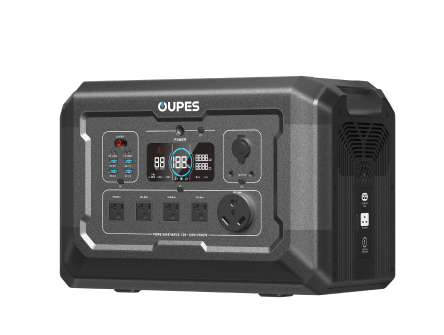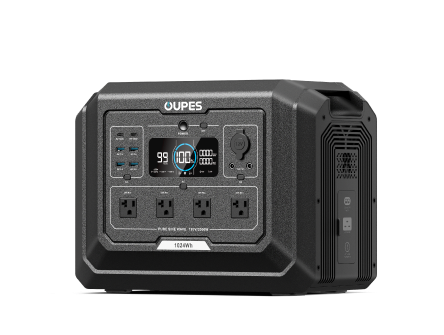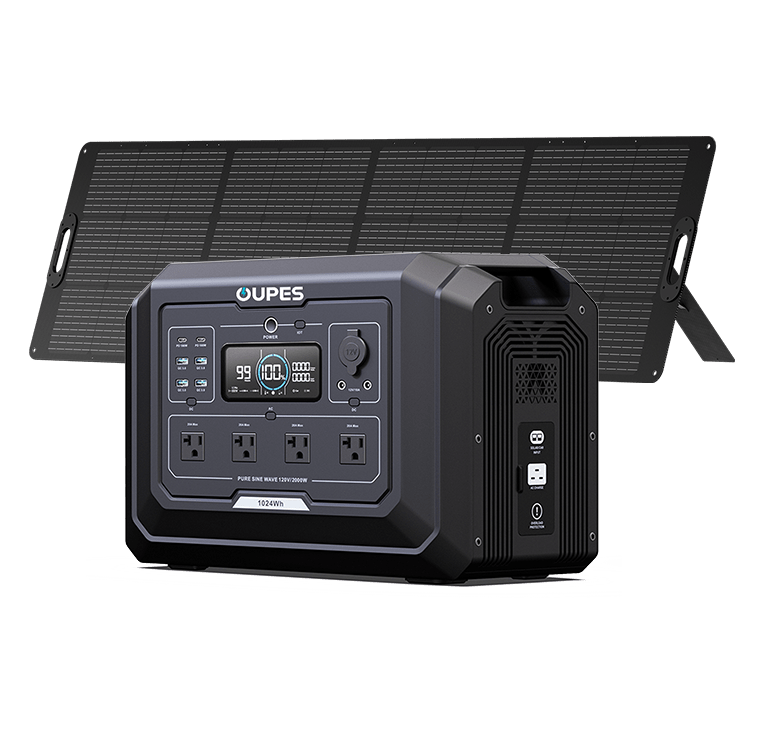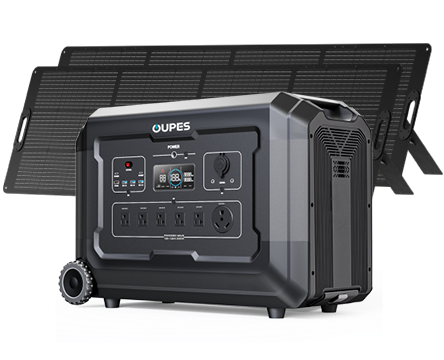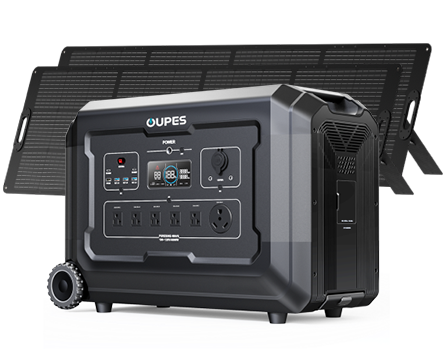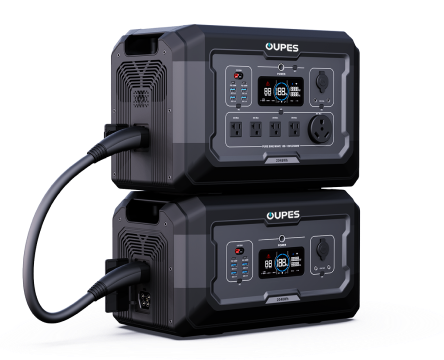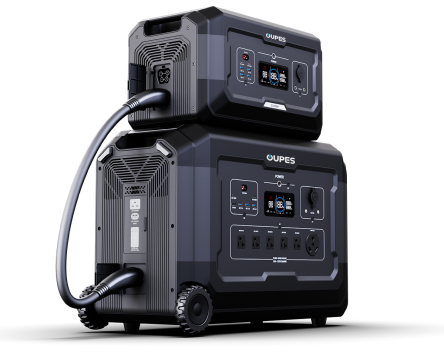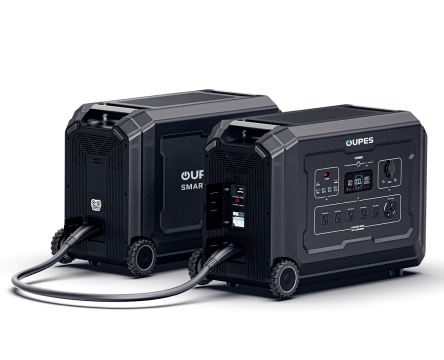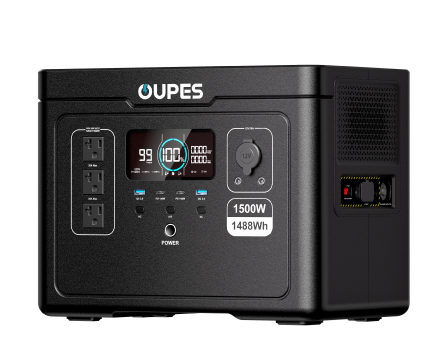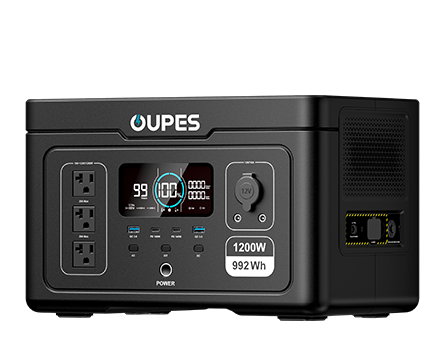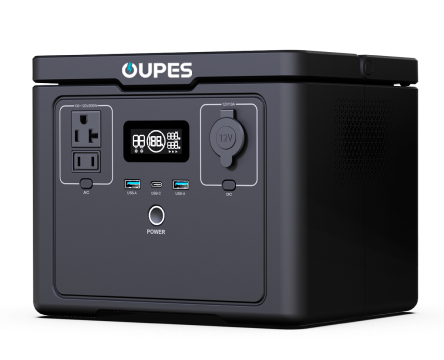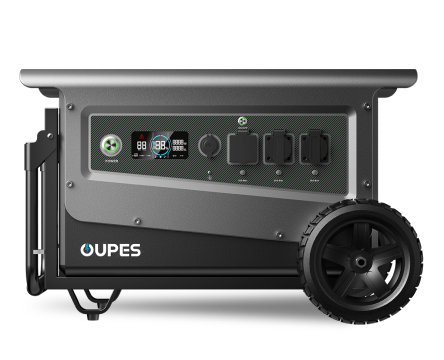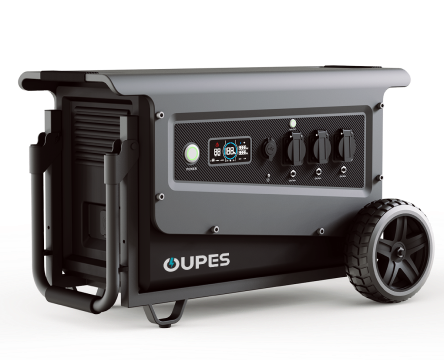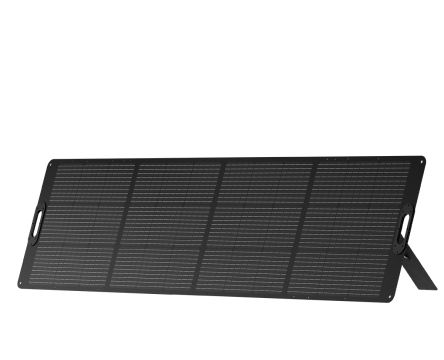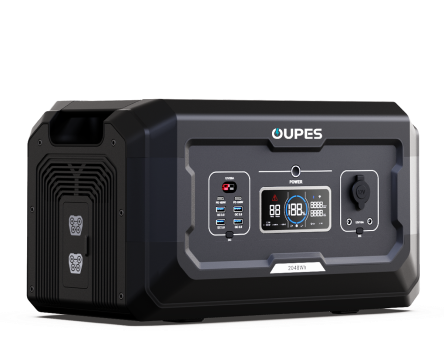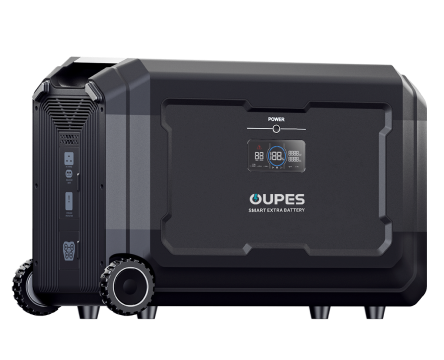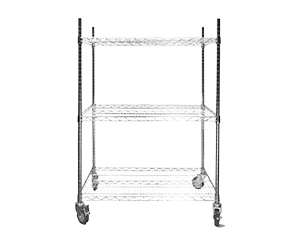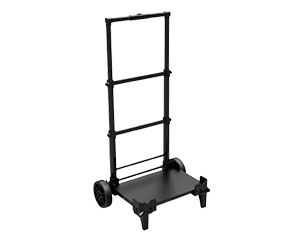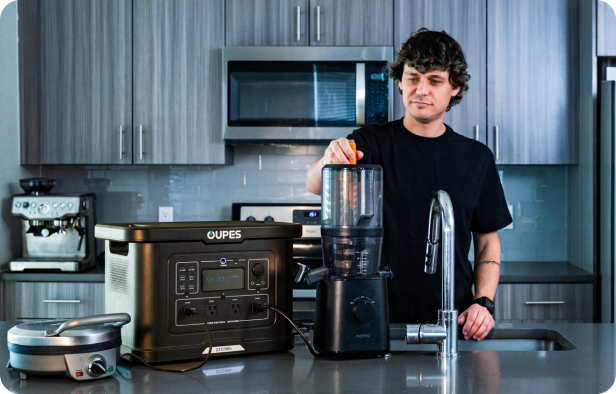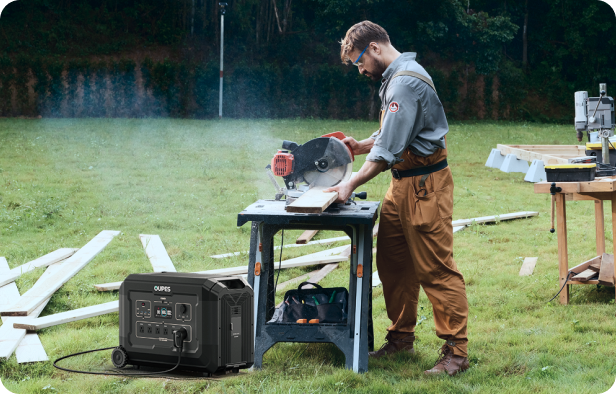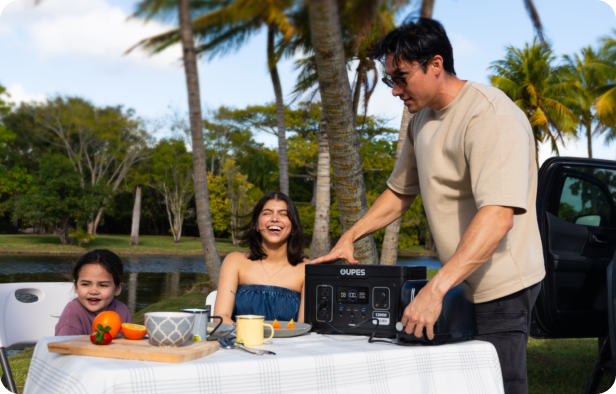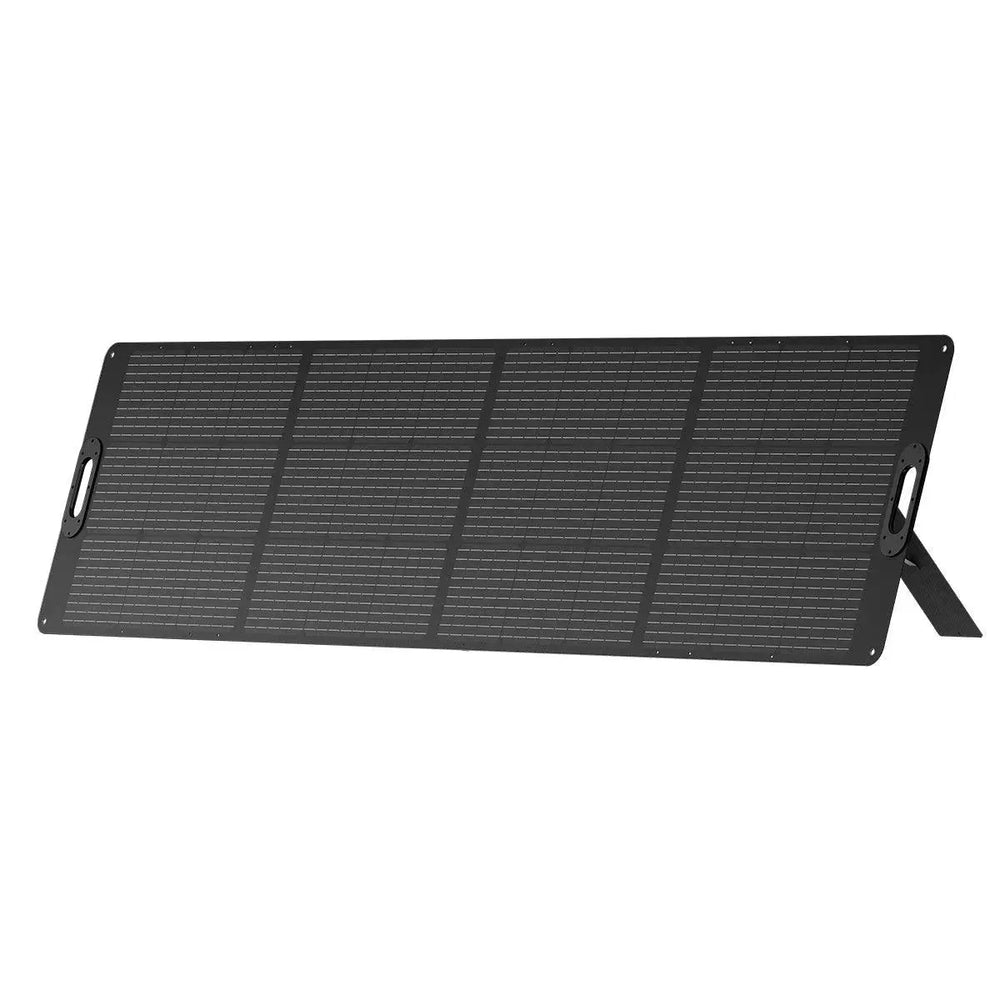
Imagine a stormy night where the power grid fails, leaving your neighborhood in darkness. In such moments, a reliable home battery system isn’t just a luxury—it’s a lifeline. A 10kW battery sits at the heart of this resilience, promising to keep your lights on, your fridge running, and your devices charged. But how long can it truly sustain your household? The answer isn’t as simple as a number on a spec sheet. Let’s dive into the factors that determine the endurance of a 10kW battery and explore how it can fit into your energy independence goals.
Alternatively, picture a sunny afternoon where your solar panels are generating more energy than you need. A 10kW battery captures that excess power, storing it for later use. But when the sun sets and your energy consumption peaks, will that stored energy be enough? The interplay between your household’s energy habits, the battery’s capacity, and external variables like weather creates a complex equation. By unpacking these elements, you’ll gain clarity on what to expect from a 10kW system and how to maximize its potential.
Understanding the Capacity of a 10kW Battery
The term “10kW battery” can be misleading if not properly contextualized. Kilowatt (kW) measures power, or the rate at which energy is used or stored, while kilowatt-hour (kWh) quantifies energy capacity. A 10kW battery typically refers to its power output—how much electricity it can deliver at any given moment. However, its duration depends on its energy capacity, usually measured in kWh. For instance, a 10kW battery with a 20kWh capacity can theoretically deliver 10kW of power for two hours or 5kW for four hours.
Most residential batteries combine both metrics. A 10kW/20kWh system, for example, can power high-demand appliances like air conditioners or electric heaters that require significant instantaneous power while also providing extended runtime for lower-energy devices. To estimate how long a 10kW battery will last, you must first calculate your home’s average hourly energy consumption. If your household uses 2kW per hour, a 20kWh battery would last approximately 10 hours. However, real-world usage is rarely linear, as energy demands fluctuate throughout the day.
Depth of discharge (DoD) is another critical factor. Batteries shouldn’t be fully drained to preserve longevity. If a 20kWh battery has a 90% DoD, only 18kWh is usable. Temperature also affects performance: extreme cold or heat can reduce efficiency by 10–20%. Understanding these nuances ensures realistic expectations and helps avoid surprises during extended outages.
Factors Influencing Battery Runtime
Household energy consumption is the primary variable determining battery life. A family of four with electric appliances, multiple refrigerators, and central HVAC will drain a battery much faster than a small home with gas heating and energy-efficient lighting. For example, an electric oven alone can draw 3–5kW per hour, while LED lights might use only 0.01kW each. Creating an energy audit of your home’s devices is essential to estimate runtime accurately.
Seasonal changes also play a role. During summer, air conditioning can consume 3–5kW per hour, drastically reducing battery life. In winter, electric heating systems may demand even more. Conversely, milder seasons with minimal HVAC use could extend runtime to 24 hours or more. Geographic location matters, too—homes in regions with frequent temperature extremes will face higher energy demands year-round.
Battery chemistry influences efficiency as well. Lithium-ion batteries, common in residential systems, typically retain 90–95% efficiency, meaning less energy is lost during charge/discharge cycles. Older lead-acid batteries might operate at 70–80% efficiency, shortening usable runtime. Additionally, simultaneous charging and discharging—such as pairing the battery with solar panels—can complicate calculations but also extend overall availability during grid outages.
Typical Scenarios for a 10kW Battery
Consider a 1,500-square-foot home with moderate energy use: LED lighting, a energy-star refrigerator, a TV, and occasional use of a microwave or coffee maker. This household might average 1–1.5kW per hour. A 10kW/20kWh battery could power these essentials for 13–20 hours. Add a 3kW central air conditioner running intermittently, and runtime might drop to 6–8 hours. Strategic load management—like pre-cooling the house before a storm—could stretch this further.
In contrast, a larger home with a well pump, electric water heater, and multiple devices might consume 5kW per hour. Here, the same battery would last just 4 hours. However, pairing the battery with solar panels changes the equation. On a sunny day, solar could offset 30–70% of consumption, effectively doubling the battery’s effective runtime. This hybrid approach is increasingly popular, as it combines immediate backup power with renewable energy integration.
Emergency scenarios highlight the battery’s value. During a 12-hour outage, a family could prioritize critical loads: refrigeration (1kW/day), lights (0.5kW/day), and a router (0.1kW/day), totaling under 2kW daily. In this optimized scenario, a 20kWh battery could last over 10 days. While unrealistic for normal use, it demonstrates how conservation strategies dramatically extend availability during crises.
Maximizing Your Battery’s Lifespan and Efficiency
Proper maintenance and usage habits significantly impact a battery’s performance over time. Avoiding full discharges and keeping the battery between 20–80% charge can prolong its lifespan from 10 to 15 years. Many modern systems include software that automates this optimization, preventing deep discharges and regulating charge cycles. Temperature control is equally vital: installing the battery in a climate-controlled garage instead of an uninsulated shed can prevent capacity loss.
Integrating smart home technology enhances efficiency. Programmable thermostats can reduce HVAC runtime during outages, while smart plugs eliminate phantom loads from devices in standby mode. Pairing the battery with a energy management system allows prioritization of critical circuits, ensuring medical equipment or sump pumps remain operational even as non-essential loads are shed.
Future-proofing through expandability is another consideration. Some battery systems allow stacking additional units for increased capacity. If your energy needs grow—say, after purchasing an electric vehicle—this scalability prevents obsolescence. Regular firmware updates from manufacturers can also improve efficiency algorithms and compatibility with emerging renewable technologies.
Real-World Applications and User Experiences
Homeowners in wildfire-prone California have shared how 10kW batteries provided peace of mind during preemptive power shutoffs. One user reported running essentials for 18 hours during a blackout, using solar recharge during daylight. Another in Texas, where winter storms crippled the grid in 2021, used their battery to maintain heat and refrigeration for 14 hours until grid power resumed. These anecdotes underscore the battery’s role in disaster resilience.
Economic benefits also emerge over time. A family in Arizona reduced their peak-time grid usage by 80% using their battery, slashing monthly bills by $60–$100. In regions with time-of-use pricing, batteries shift consumption to off-peak hours, yielding similar savings. While the upfront cost of a 10kW system ($10,000–$15,000) is substantial, federal tax credits and state incentives can cut this by 30–50%, accelerating payback periods.
Commercial applications are expanding, too. Small businesses like grocery stores and dental clinics use 10kW batteries for backup power, protecting inventory and maintaining operations. Microgrids in remote areas combine multiple batteries with renewables, achieving energy independence where traditional grids are unreliable or nonexistent. These cases illustrate the technology’s versatility beyond residential use.
Conclusion
A 10kW battery’s runtime isn’t a fixed number but a dynamic interplay of capacity, consumption, and context. While it might power a frugal household for a day or a high-energy home for mere hours, strategic management and complementary technologies like solar can unlock its full potential. Understanding your energy profile—and being willing to adapt habits—transforms a battery from an emergency tool into a cornerstone of sustainable living.
As renewable energy adoption accelerates, the role of home batteries will only grow. They bridge the gap between intermittent solar/wind generation and consistent demand, empowering users to take control of their energy futures. Whether you’re preparing for outages, reducing carbon footprints, or chasing energy autonomy, a 10kW battery offers a flexible solution that adapts to your needs—as long as you understand its capabilities and limitations.

